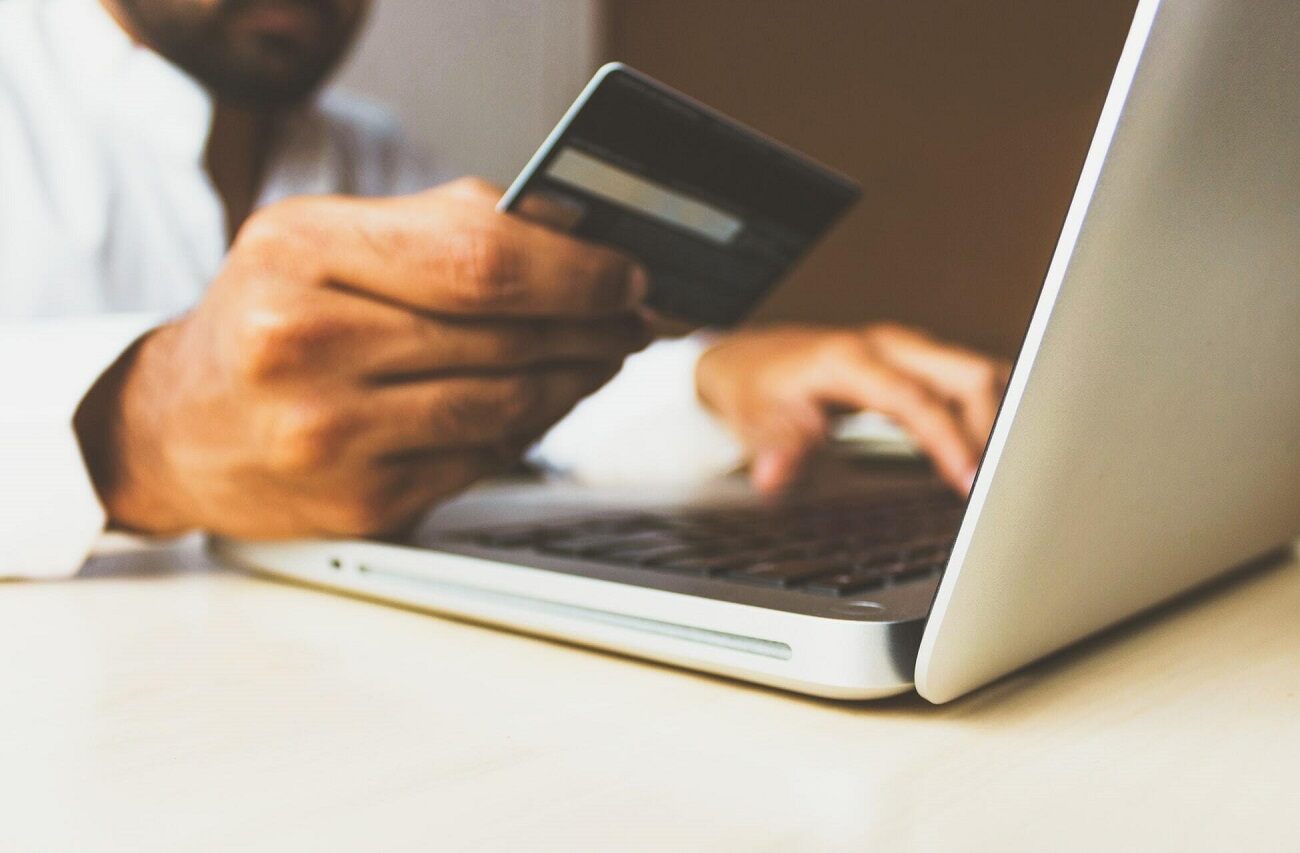
Post-pandemic trends shaping buyer & seller behavior
ith the first two waves of the pandemic behind us, it’s easier now to objectively see it for what it was. While it brought with it loss and destruction, it also presented some thought-provoking questions, fresh perspectives and a handful of opportunities. In order to ensure a future where your business not only survives, but also thrives, it is critical to anticipate what a post-pandemic world will look like, and then begin to transform to better match this new reality.
Qalara lists out some business-friendly post-pandemic trends that have emerged and are stealthily changing both buyer and seller behaviour.
1. Revenge shopping
Armed with vaccinations, buyers can’t wait to reclaim a sense of normalcy and rediscover the joys of retail therapy this holiday season. The National Retail Federation predicts that retail sales will grow between 6.5% and 8.2% in 2021, which would be the fastest growth since 2004. After the last stimulus in January, department store sales increased 21% in the USA. In fact, that number could be much higher now with the most recent round of larger stimulus checks. London high street stores saw a surge of shoppers with an increase in footfall of 660% compared to last year after non-essential stores reopened across the UK in April.
Tip:
With ‘revenge shopping’ on the rise, it’s a good idea to be bullish about stocking up your shelves with trend-right, consciously designed products for the holiday season. Cue in, Qalara's Holiday store!
2. Emergence of new businesses & entrepreneurs
Contrary to common perception, Covid-19, that resulted in one of the worst economic downturns in modern history, did not dampen business ambitions. In the United States, new businesses grew from 3.5 million in 2019 to 4.4 million in 2020, a 24 percent increase. The number of new businesses also increased in Chile, Turkey, and the United Kingdom. This clearly indicates that enterprising business folk saw opportunity in the midst of the pandemic, or saw a future that many others didn’t. If you find your business struggling, take heart from this trend, knowing that the worst is behind us, as a whole new post-pandemic world beckons.
Tip:
If you are a new business, you may want to explore sellers with super low minimums so that you get a mixed bag of products on a budget. Check out this video to know how you can intelligently source from Qalara.
3. E-commerce becomes the name of the game
As per a McKinsey report, in the United States, the penetration of e-commerce was forecast in 2019 to reach 24% by 2024; but by July 2020, it had already hit 33% of total retail sales. To put it differently, the first half of 2020 saw an increase in e-commerce equivalent to that of the previous 10 years combined! In Europe, digital adoption is almost 95%, compared with 81% at the start of the pandemic. In normal times, getting to that level would have taken two to three years. Experts believe that this growing dependency on e-commerce is here to stay, Covid or no Covid.
Tip:
This may be a good time to invest in digital commerce, if you have been shying away from the change.
4. Facebook ads & Facebook shop rule the roost
In late 2019, before the pandemic gripped the U.S. economy, Facebook reported 7 million advertisers and 140 million businesses using its services. As of late Jan, 2021, FB had 10 million advertisers and 200 million businesses. Small to medium businesses turned to FB during and after lockdowns to advertise. With the debut of Facebook Shops in May 2020, many small businesses found an easy way establish a digital presence and acquire customers. The service, which allows brands to list their product catalogs directly on Facebook’s most popular apps and sell goods directly on Facebook and Instagram, now has more than 1 million active shops from which over 250 million people interact monthly and more than 175 million people message a WhatsApp business account every day, says Facebook CEO Mark Zuckerberg.
Tip:
Facebook and its services have been quite revolutionary, creating opportunities for business owners and egging aspiring entrepreneurs to take the plunge. This may be a good time to do your R&D on FB and its potential to win newer audiences, if you haven't already.
5. Subscription bundles never go out of fashion
The subscription e-commerce market has almost doubled every year since 2013 and accelerated further during the pandemic. Retail has seen the largest growth in subscriptions since the start of the pandemic. Recurly, a company that manages subscription programs, reported that subscriptions in the Consumer Goods sector have gone up by as much as 145%. With the convenience that the model offers, in all probability, this model is here to stay.
Tip:
A subscription option for your business can be a great way to make your revenue more predictable and retain loyal customers.






Leave a Reply